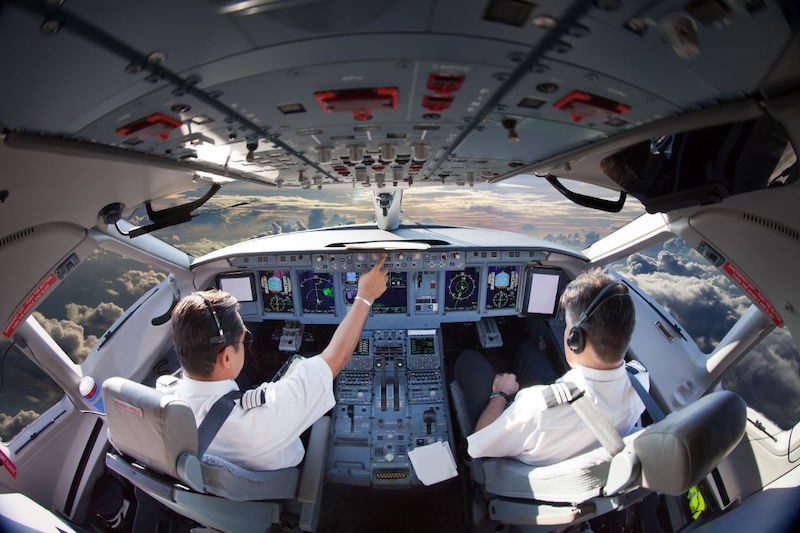
Iridium Communications announced that it is expanding its Iridium Certus service and launching the service for commercial aviation. (Photo: Iridium)
Iridium Communications is expanding its Iridium Certus service, launching service for commercial aviation, the company announced Monday. The L-band service is now available for cockpits in commercial transport aircraft, business aviation, helicopters, private aircraft, and uncrewed aircraft systems (UAS).
Safety certifications with partner manufacturers and resellers are in progress, with flight trials expected to begin by the end of 2023 and approvals expected in 2024.
Iridium pitched the service as a complement to Ka- and Ku-band connectivity services in commercial passenger cabins, and can be primary connectivity for small-to-mid-size business jet cabins. Iridium also recommended it over high frequency/very high frequency service for electronic flight bag (EFB), flight critical data, and passenger communications during oceanic flights.
“Iridium’s first-generation voice and data solutions are installed on over 60,000 aircraft today and have been critical for flight safety and relied upon by pilots and airlines for years,” said John Peterson, executive director of Aviation, Iridium. “As the preferred solution for a wide range of aviation applications, from drones to airliners, Iridium Certus is ready to support the industry’s evolving connectivity needs.”
In June, Collins Aerospace revealed a high-speed SATCOM system for business jet cabins using the Iridium Certus 700 platform. It uses Iridium’s constellation of 66 cross-linked LEO satellites.
According to John Peterson, Executive Director of Aviation at Iridium, one advantage of their satellite link is that it enables “excellent visibility of an aircraft no matter where it is in the world. These aircraft fly at such low altitudes that they don’t always see the VHF or ADS towers, but they fly at a high enough altitude that they don’t always see the LTE towers,” he told Avionics recently.
This article was originally published by Avionics International‘s sister publication, Via Satellite; it has been edited. The original article can be viewed here >>